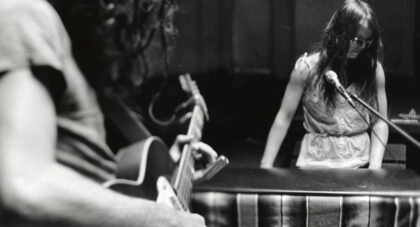Behold. On November 27, Aquarium Drunkard and Org Music present Jesus People Music Vol. 1: The End is at Hand. Culled from the BlackForrestry's AD mixtapes of obscure '60s and '70s Jesus People psych, rock, folk, and country, this collection is available only at record stores on Record Store Black Friday, limited 1,000 copies electric blue colored vinyl. In advance of this collection's release, we're presenting its liner notes, written by curators Josh Swartwood and Doug Cooper with Jason P. Woodbury . . .
Only the good shit. Aquarium Drunkard is powered by its patrons. Keep the servers humming and help us continue doing it by pledging your support.
To continue reading, become a member or log in.


